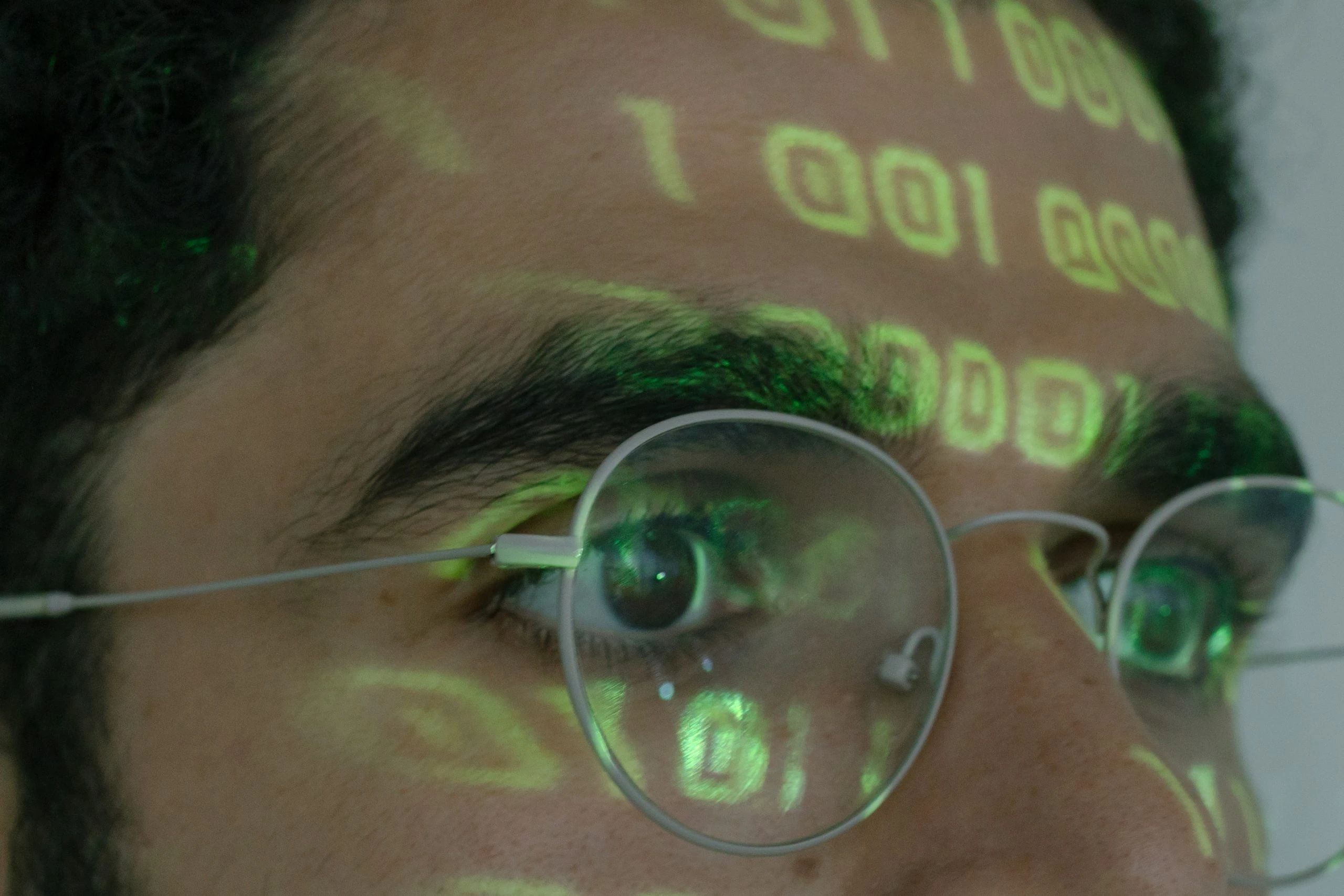Marese O’Hagan speaks to Luka Pataky, chief product officer computer vision at Sportradar, about how Sportradar’s computer vision technology could revolutionise sports betting for good.
In a market as crowded as sports betting, artificial intelligence (AI) technologies like computer vision must continually reinvent themselves in order to remain relevant.
Arguably, it has a well-founded basis in this space, having begun as a completely different project close to 10 years ago.
“Before this role, I was head of innovation at Sportradar, and that’s how we started this computer vision journey as well – it was an innovation project that actually grew,” says Pataky.
Pataky acknowledges that similar technologies have been around for a long time, existing well outside the realms of sports betting.
“It’s not a new area,” he admits. “Computer vision has been around for decades and in some industries it has been used a lot – manufacturing, production lines.”
In describing exactly what computer vision is, Pataky paints it as a multi-faceted technology. But in its simplest form, computer vision mimics human vision capabilities.
“It’s difficult to give a precise definition [of computer vision],” he explains. “The easiest way to look at it is, it tries to do exactly what the human vision system tries to do.”
Building opportunities
In being able to precisely track what is happening during a sports match, computer vision generates specific, bet-oriented data. Pataky says it saves time and effort for both the bettor and the operator.
“[Computer vision] adds layers of data on the stream that makes the stream a lot more engaging, which means that punters will stay on streams longer,” he explains.
When applied to sports, computer vision allows relevant betting data – such as odds – to be presented onscreen, in a format that engages bettors and creates a buzz around the match.
“The viewing time increases, which then generates more benefits for the operators but also creates a more meaningful stream for the punter.”
The statistics and data computer vision collects is fed into the livestream itself, but also into Sportradar’s other products and services that can be offered to its customers.
“More data means more context, and it helps us understand what’s happening in a game. The data is important, in order to drive future engaging products.”
Perhaps one of the most useful capabilities is computer vision’s breadth. Pataky says that its capability to generate such specific data opens up more sports betting opportunities in faster, more up-to-date markets.
“The first thing is understanding the images and just extracting the information,” he explains. “That’s really important, because the way we use computer vision is to get further information, more data, deeper data that can actually drive more opportunities.
“It also opens up opportunities in new betting markets, faster betting markets. The ability to extract all this information – there’s no real other way to do this than automate it – actually creates opportunities to automate other processes, like trading. For betting, it opens a new door to micro-betting.”
The only way is up
Computer vision has been deployed across a number of sports – notably football and tennis.
Deploying computer vision in these sports has led to a number of notable mainstream opportunities, such as a partnership with Amazon’s Machine Learning Solutions Lab and the implementation of computer vision during Wimbledon.
Sportradar’s next foray into computer vision will be deploying the technology across table tennis. Pataky believes this will mark a new era for computer vision, evolving it to become what a new generation of bettors are really looking for.
“We really see that computer vision is a game-changer,” says Pataky. “To get to a scale that drives products into the future; it’s the ability to offer this to new, faster markets, and know that there is a new generation for new, faster engagement.
“They have a shorter attention span. This has the opportunity to offer new levels of engagement.”
But table tennis won’t be the final stop for computer vision.
“Table tennis is a real betting sport, but we are excited about taking this further and actually starting to apply this across other sports,” says Pataky.
“The data is important, in order to drive future engaging products. That’s why computer vision.”





